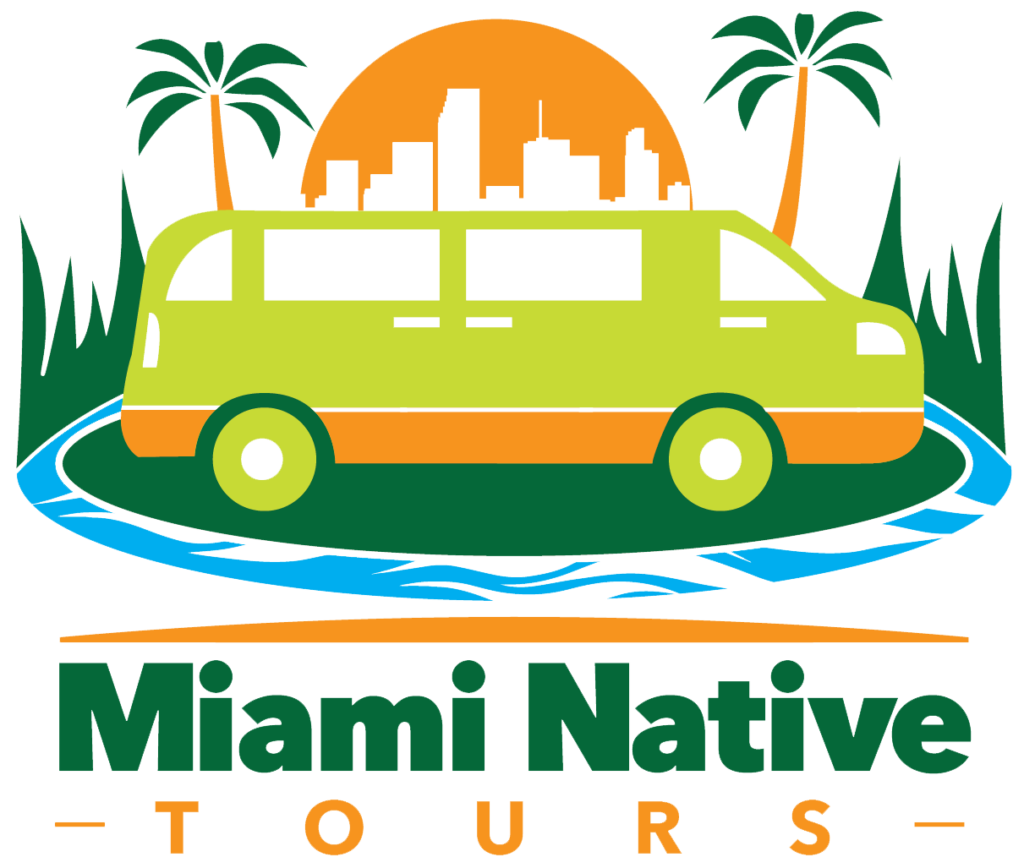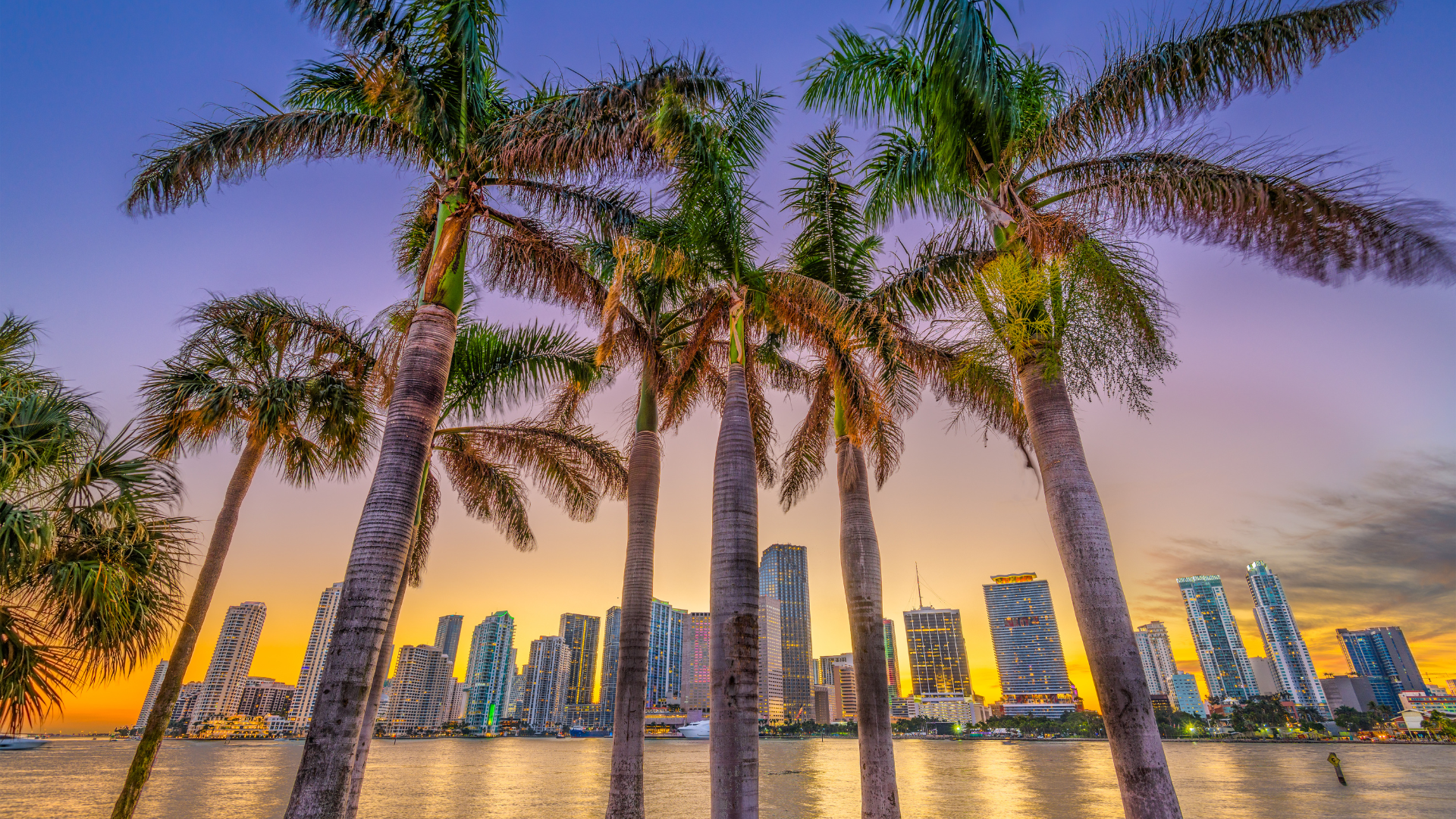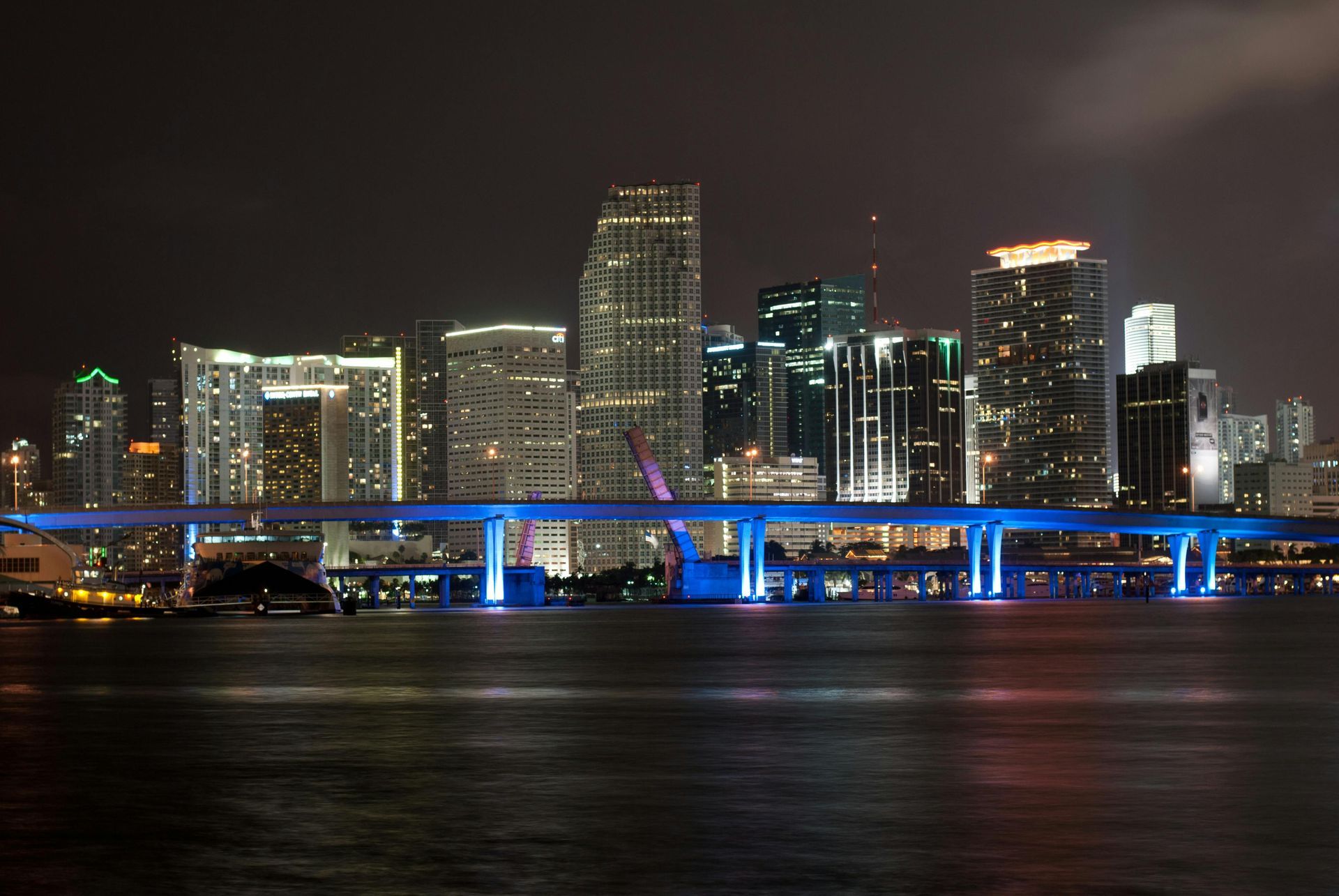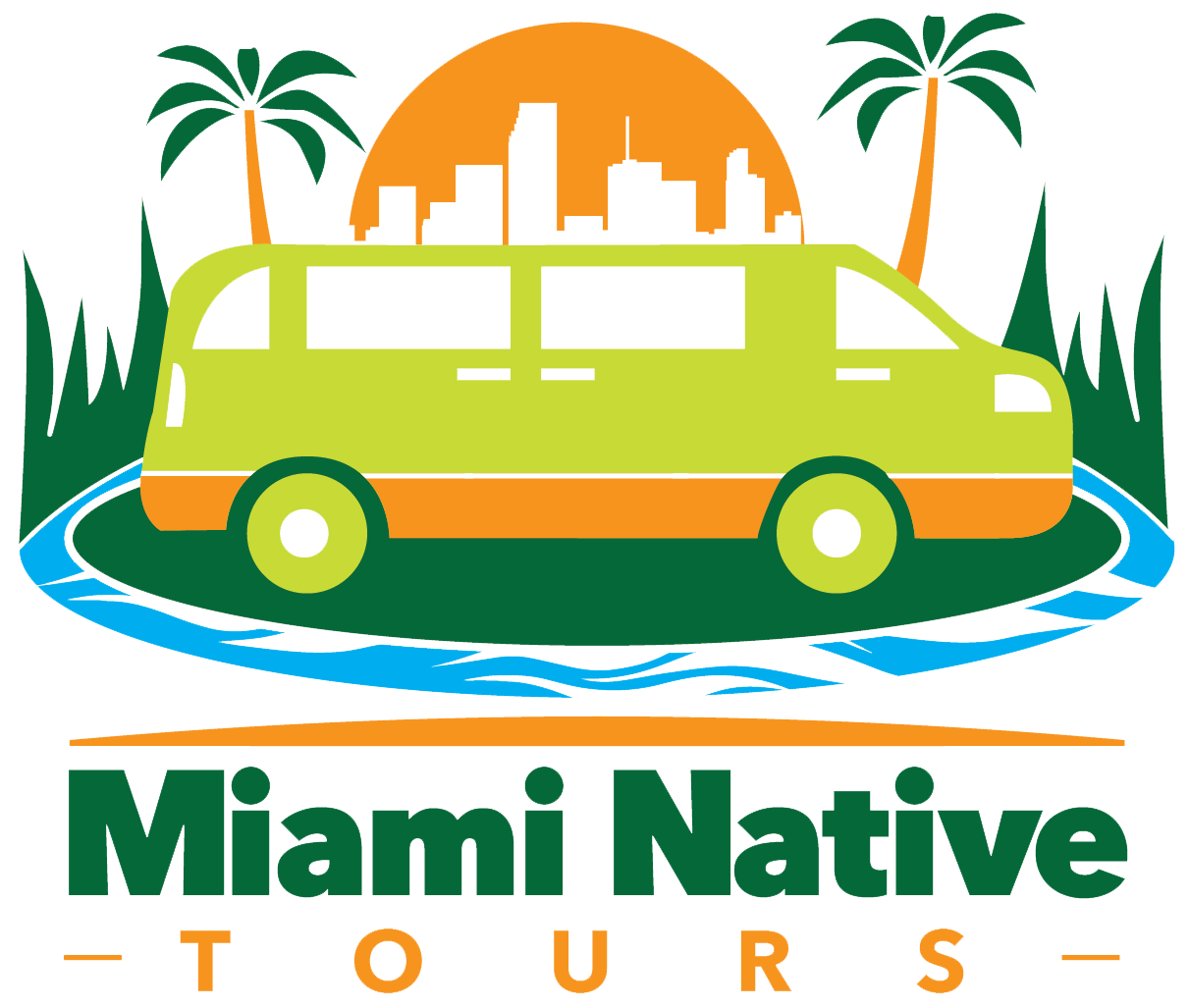Black Miami: 8 Historic Sites to Visit on a Private Tour
Miami, a city known for its sun, sand, and vibrant nightlife, is also home to a rich and deeply significant Black history. From the early 20th century to the present day, African Americans have played a pivotal role in shaping Miami’s culture, politics, and economy. Whether you’re a history buff, a cultural enthusiast, or just visiting the Magic City, exploring these historic sites on a private tour will provide you with a deeper understanding of Miami’s African American heritage.
Here are 8 must-see historic sites that you can visit to learn more about Black Miami’s powerful story. Each stop offers a glimpse into the resilience, contributions, and legacy of the Black community in this vibrant city.

1. The Historic Overtown District
Known as the "Harlem of the South," Overtown was once a thriving Black community in Miami, home to artists, musicians, and business leaders. During the early to mid-20th century, Overtown was the cultural and social heart of Miami's African American population. On your private tour, you’ll explore landmarks like the Lyric Theater, which has hosted legendary performers such as Ella Fitzgerald, Count Basie, and Billie Holiday. Walking through Overtown, you’ll see the stories of Black resilience and creativity etched into the buildings and streets.
- Why visit?: Overtown stands as a testament to Black entrepreneurship and cultural influence in Miami. The district's rich history of jazz, civil rights activism, and Black excellence is worth experiencing firsthand.
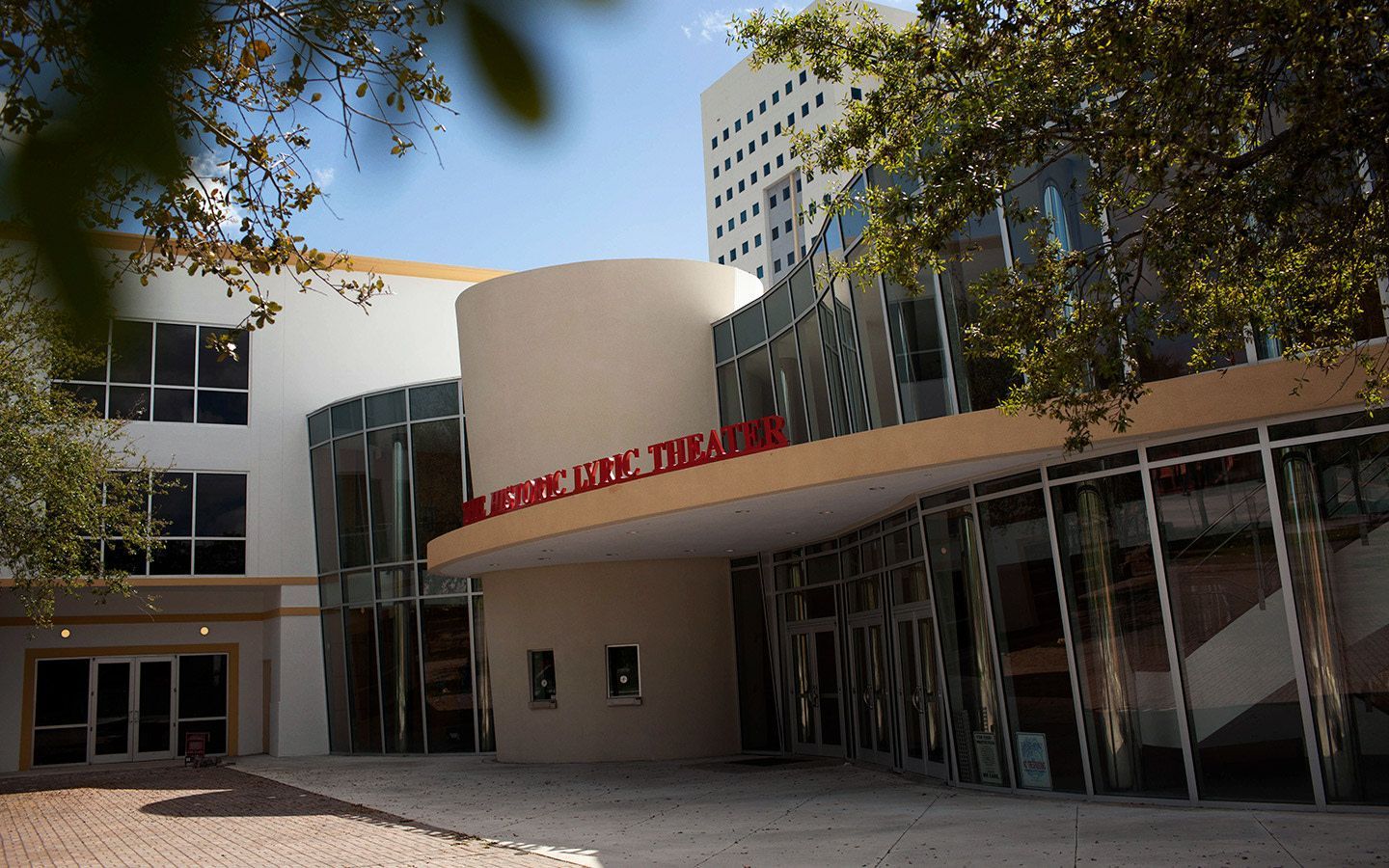
2. The Miami-Dade Black Archives History and Research Foundation
A visit to the Miami-Dade Black Archives is an absolute must for those looking to dive deep into the history of African Americans in Miami. The archives house a wealth of historical documents, photographs, and artifacts dating back to the 19th century. This site is dedicated to preserving the stories of Miami’s Black community and highlighting their significant contributions to the city’s growth and development.
- Why visit?: The archives offer an incredible collection that brings to light the often-overlooked history of African Americans in Miami. It’s a must-see for history lovers and those interested in the Black experience in the city.

3. The Hampton House
The Hampton House was once a famed hotel in Overtown, serving as a refuge for African American entertainers during the Jim Crow era. It hosted a wide array of famous performers, including Sammy Davis Jr., Nat King Cole, and Muhammad Ali. The Hampton House has since been renovated and now serves as a museum dedicated to its history and the history of Black Miami. The site highlights the struggles and triumphs of the civil rights movement and offers a powerful reflection on racial segregation and activism.
- Why visit?: The Hampton House is an iconic symbol of Black culture in Miami, providing an opportunity to connect with the civil rights history of the city and its significance in the fight for racial equality.
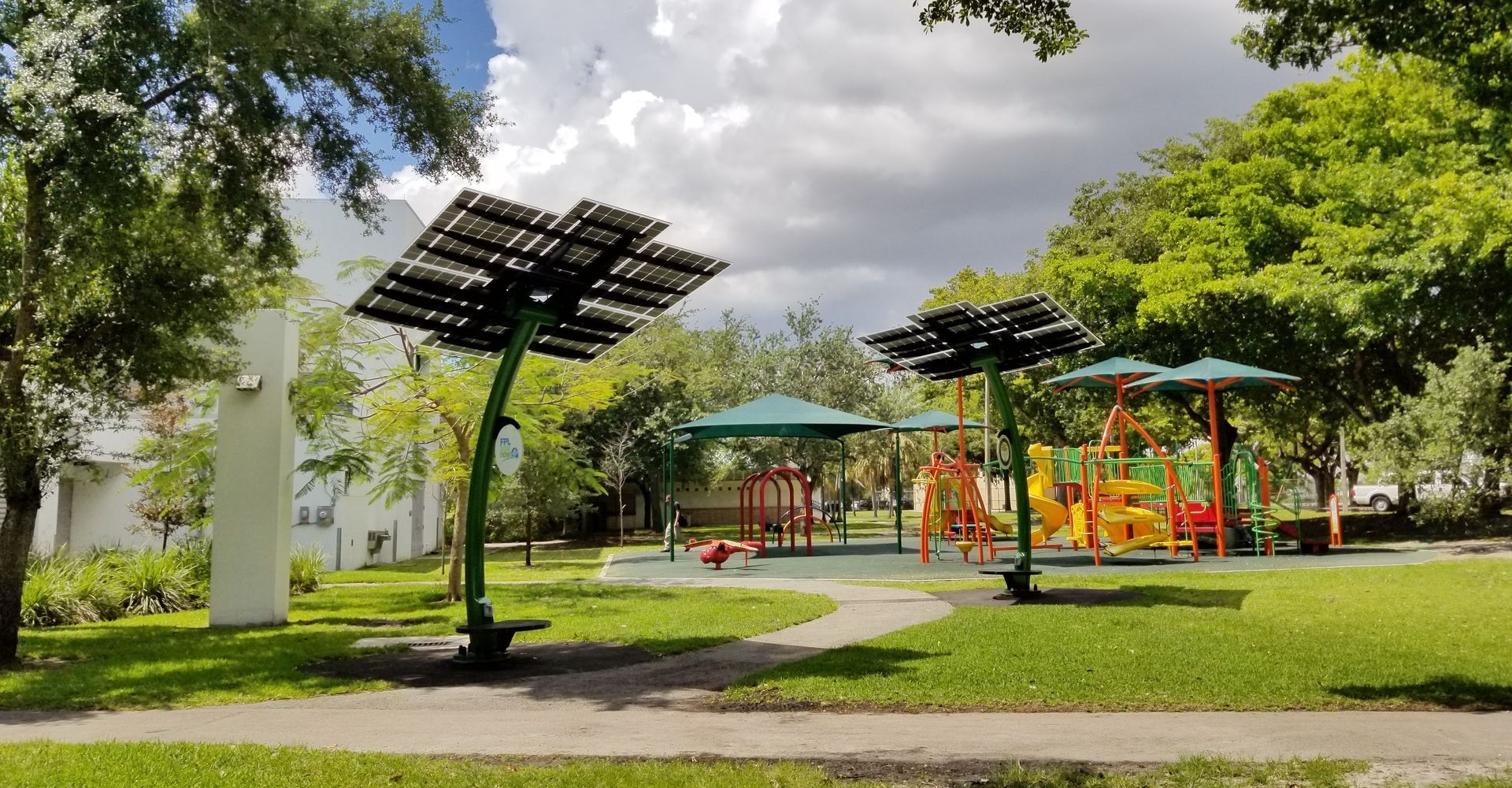
4. Charles Hadley Park
Named after Charles Hadley, a prominent African American community leader, Charles Hadley Park is one of the oldest parks in Miami. Originally serving as a public space for Black residents, it continues to be a symbol of the Black community's strength and unity in the city. The park has undergone revitalization efforts and remains a central gathering spot for various cultural events, sports, and activities.
- Why visit?: This historic park is an important symbol of Miami's African American heritage, making it a perfect stop to reflect on the long history of community-building and activism.

5. The Black Police Officers Memorial
Located in Virginia Key, the Black Police Officers Memorial honors the legacy and sacrifices of African American police officers who served in Miami’s police force. Established in the 1970s, this memorial acknowledges the often-overlooked contributions of Black officers in the fight for justice and equality, both in the police force and in their communities.
- Why visit?: The memorial serves as a poignant reminder of the historical struggles for representation and fairness within the police department and serves to honor those who broke barriers.
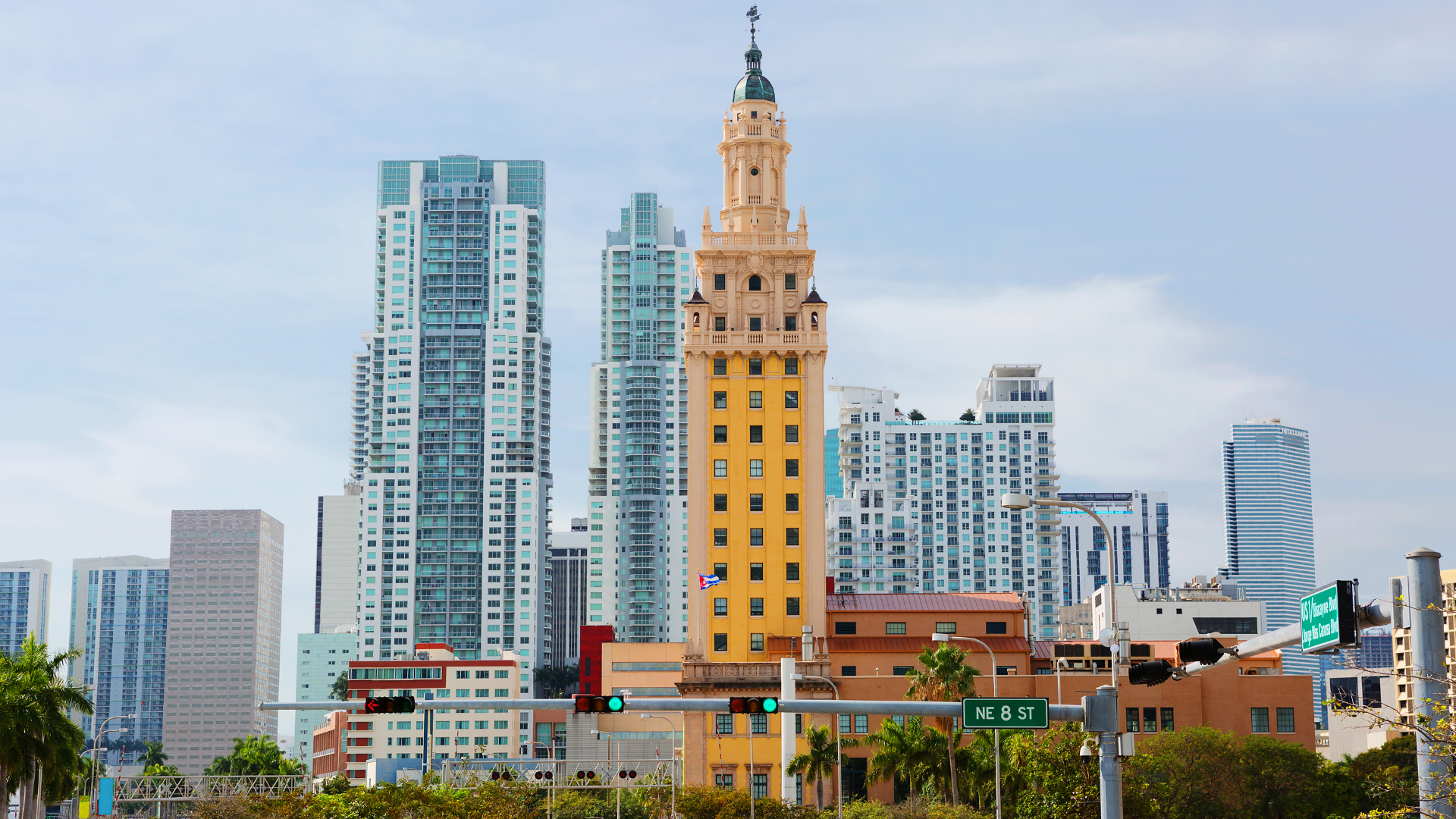
6. Freedom Tower
While Freedom Tower is best known for its significance in Cuban American history, it also played a key role in Miami’s African American civil rights movement. In the 1960s, the building was a staging ground for the efforts to desegregate public spaces, and it has since become a symbol of freedom and justice for all communities. Today, it houses the Miami Dade College Museum of Art + Design, where exhibits often touch on issues of race, identity, and activism.
- Why visit?: This landmark is a reflection of Miami’s journey towards inclusivity and justice. It’s an essential stop for anyone interested in understanding the intersection of immigrant and Black American struggles for equality.
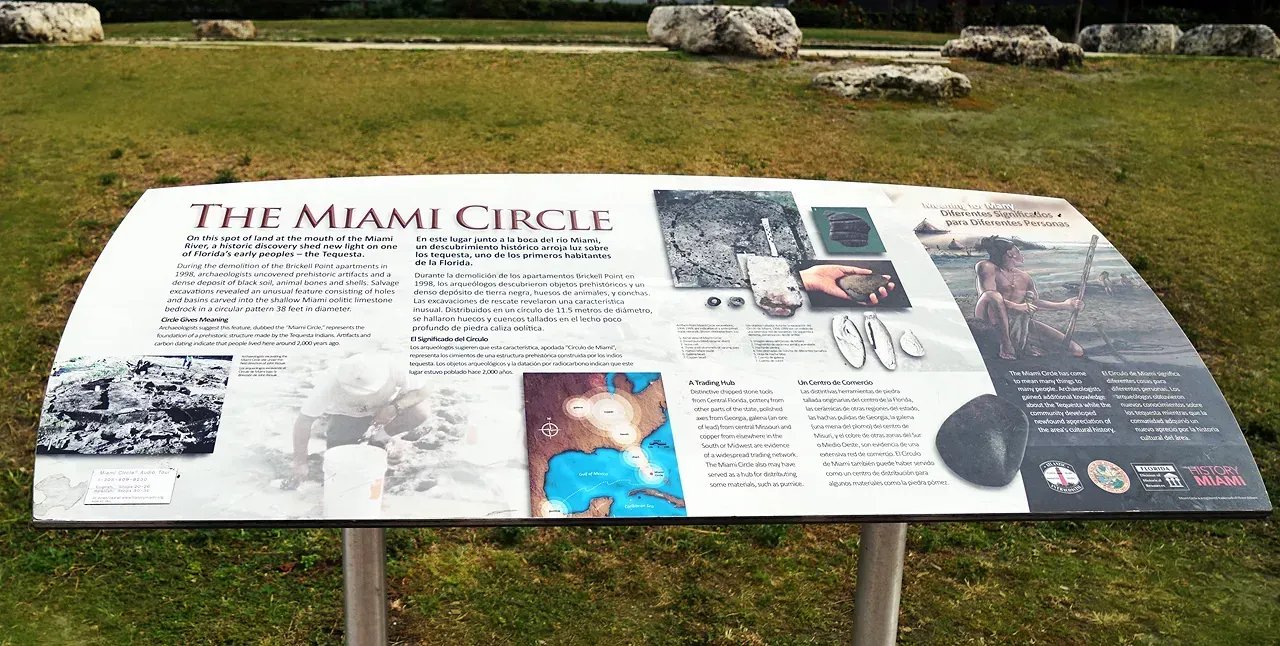
7. The Miami Circle
The Miami Circle is a National Historic Landmark that showcases a rare archaeological site dating back to the 6th century. Though it is not directly related to Black history, it’s a critical site that speaks to the long history of the land that would later become Miami—a history that includes the stories of enslaved Africans and Indigenous peoples. The Circle was once part of a large Native American village, but it also serves as a reminder of the complex and layered history of Miami, which includes the struggles and triumphs of African descendants.
- Why visit?: Visiting the Miami Circle connects you with the broader history of the region, offering context for understanding the African American history in Miami in a larger cultural and historical framework.
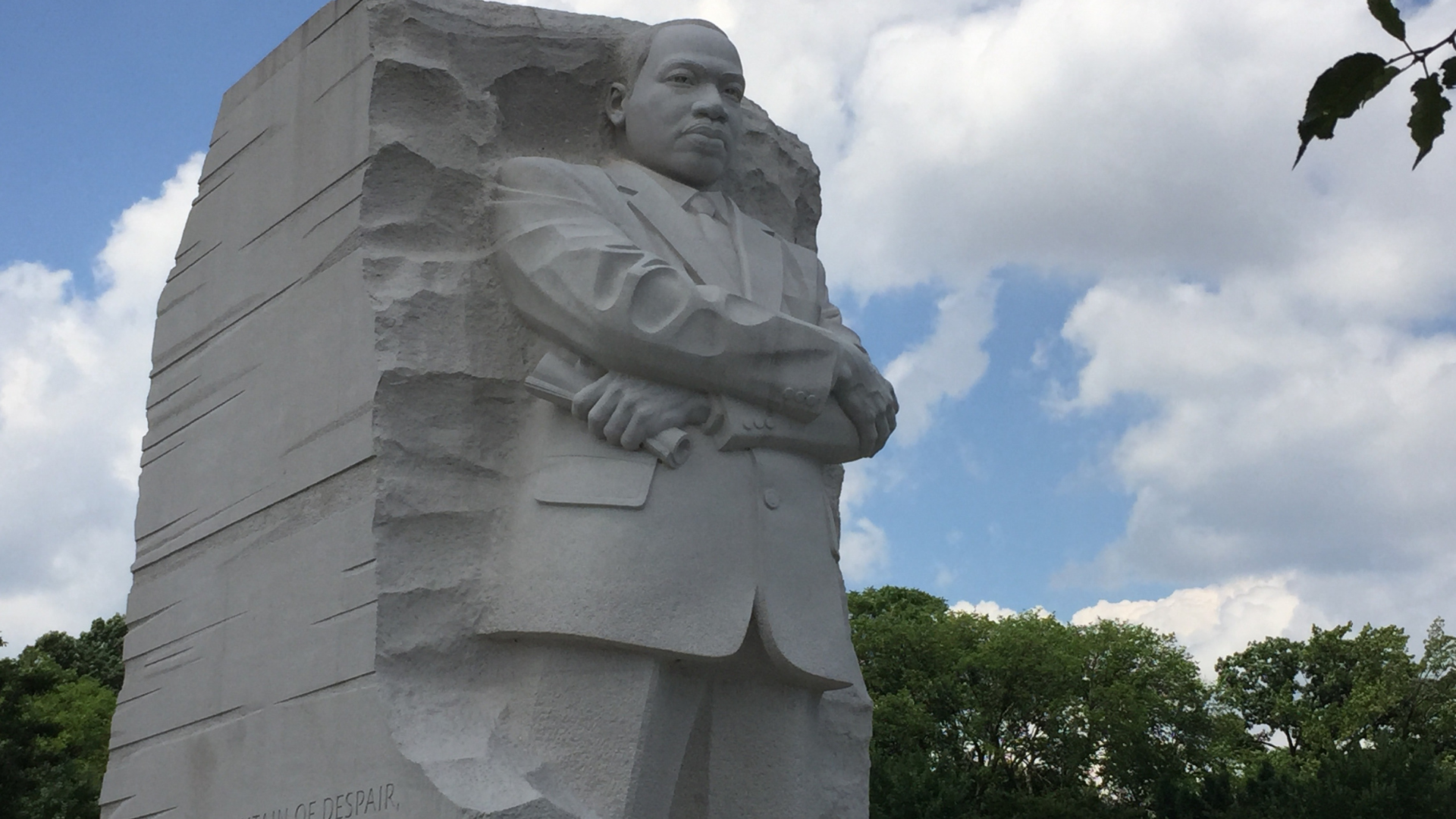
8. Dr. Martin Luther King, Jr. Memorial Park
This memorial park celebrates the life and legacy of Dr. Martin Luther King Jr. and is an essential stop on your private tour. Located in the heart of Miami, the park offers reflective space with statues, plaques, and historical markers dedicated to Dr. King’s influence in the civil rights movement. Miami’s African American community was deeply impacted by King’s message of equality and justice, and this park stands as a tribute to his enduring legacy in the fight for racial equality.
- Why visit?: Dr. King’s influence on Miami’s civil rights movement cannot be overstated. This park serves as a tribute to his work and is a powerful reminder of the ongoing fight for justice.
Miami’s Black history is rich, multifaceted, and deeply embedded in the city’s development. A private tour of these historic sites provides an invaluable opportunity to explore the struggles, triumphs, and resilience of Miami’s African American community. Whether you're a history enthusiast or someone wanting to connect with Miami's past, these sites offer an enriching experience that highlights the culture, spirit, and legacy of Black Miami.


